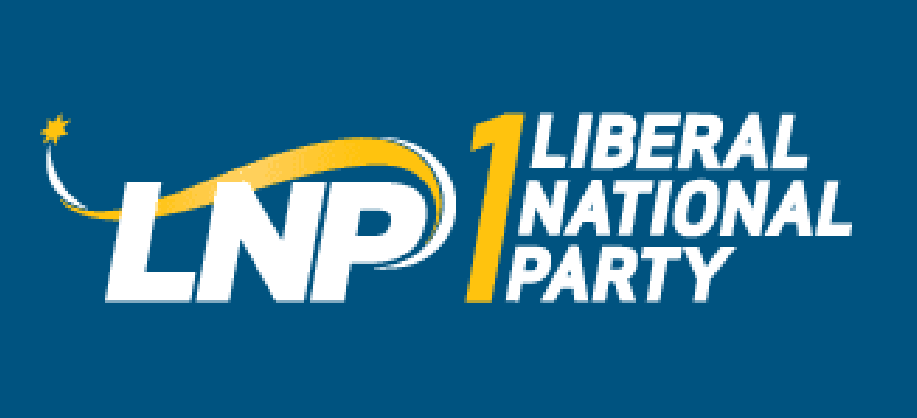A share of $4 million to help Cooloola Coast and Noosa environment’s bushfire recovery
The Cooloola Coast and Noosa National Park will share in an extra $4 million in federal funding to support the long-term recovery of native plants, animals and ecological communities following the devastating Black Summer bushfires.
Federal Member for Wide Bay and Deputy Speaker of the House of Representatives Llew O’Brien said the regions were part of a south-east Queensland rainforest area targeted for environmental recovery under the Liberal and Nationals Government’s $200 million wildlife and habitat recovery package.
“The importance of Wide Bay’s environment is recognised locally and internationally with its stunning landscapes containing many threatened plant and animal species, particularly in the fire-affected Great Sandy National Park,” Mr O’Brien said.
“This additional bushfire recovery investment will fund on-ground activities in the area such as pest animal control for deer, cattle and pigs and for predators like foxes and feral cats on private property adjacent to the heritage areas and national parks.”
Threatened species in Wide Bay listed under the Environmental Protection and Biodiversity Conservation Act 1999 that will benefit from this funding include Honey Blue-eye (a fish), Wallum Sedge Frog, Coxen’s Fig-Parrot, Spotted-tail Quoll, and Three-toed Snake-tooth Skink.
Healthy Land and Water natural resource management organisation will receive $1.65 million for projects including fire and land management activities with community groups and private landholders in the Cooloola area to build capacity and landscape resilience.
The funding will also be used to control foxes and cats on private property adjacent to the Gondwana Rainforests of Australia World Heritage Area, preventing livestock from entering national parks; and weed control and habitat protection in Lamington National Park and private properties adjacent to national parks.
The Queensland Government will receive $2.35 million for bushfire recovery activities across the Main Range, Mt Barney and Lamington National Parks and the Cooloola section of Great Sandy National Park including:
• Pest animal control focused on pest herbivores (e.g. deer and cattle), pigs, and predators (e.g. foxes and feral cats).
• Weed control to support native plant resprouting, seedling establishment and the availability of critical habitat and food resources.
• Fire management actions for future fire risk reduction such as 14,000 ha of planned burns, 815km of fire line enhancement, new water storage points and community training events.
The new $4 million investment has been guided by a regional co-design workshop held in August which brought together natural resource management groups, traditional owner representatives, environmental organisations, scientists, wildlife experts and governments to set the priorities for recovery to June 2022.
The funding builds on the more than $1.95 million already invested by the Australian Government in recovery actions in the rainforests of south-east Queensland region, including weed and pest control, and field surveys of threatened plant and animal species to identify fire impacts.
For more on the $110 million regional fund visit http://www.environment.gov.au/biodiversity/bushfire-recovery/regional-delivery-program.


